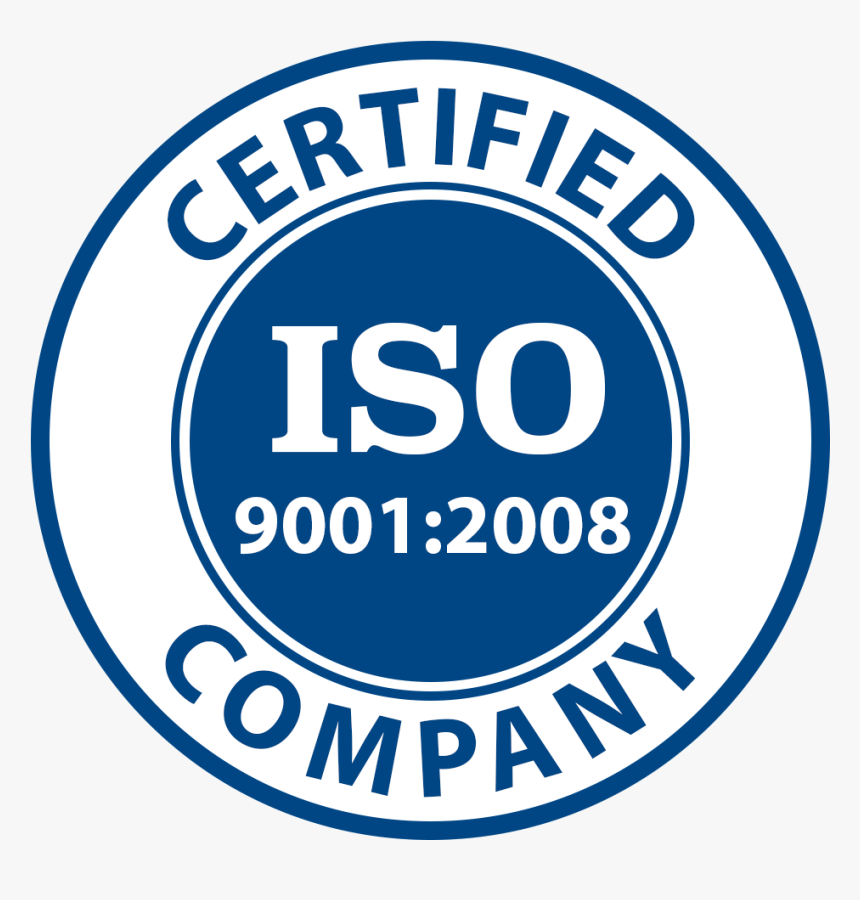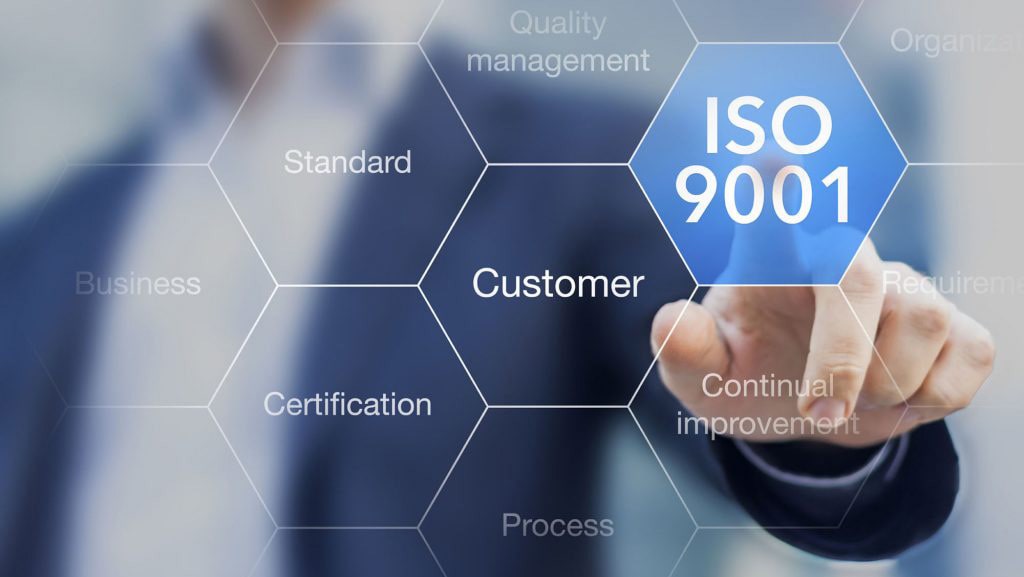
ISO 9001 is an international standard for quality management systems (QMS) published by ISO (International Organization for Standardization). This standard was updated in 2015 and is called the ISO9001: 2015 standard. The goal of the ISO 9001 standard is for the organization that implements and implements this standard to commit to producing products that have quality consistency. That is, if a grade 2 product is produced, this product should not be reduced to grade 3.
 One of the important issues in ISO 9001 is the systemic view and approach of the process. This standard sees the organization in the form of a system and tries to create a favorable relationship between the units of the organization with a process-oriented view of the organization so that in addition to improving the organization’s communications and the quality of these communications, better products and services can be provided to customers. کرد. Also, the ISO 9001 standard tries to create order by creating requirements in the organization’s documentation. Organizations need to write down the processes and actions that affect customer satisfaction and the production of a quality product, and write specific methods for it so that the organization can produce products of the same quality.
One of the important issues in ISO 9001 is the systemic view and approach of the process. This standard sees the organization in the form of a system and tries to create a favorable relationship between the units of the organization with a process-oriented view of the organization so that in addition to improving the organization’s communications and the quality of these communications, better products and services can be provided to customers. کرد. Also, the ISO 9001 standard tries to create order by creating requirements in the organization’s documentation. Organizations need to write down the processes and actions that affect customer satisfaction and the production of a quality product, and write specific methods for it so that the organization can produce products of the same quality.
What is a quality management system?
A quality management system, often known as a QMS system, is a set of policies, processes, procedures, and records. This set of documents sets out a set of internal rules that will govern how you create and deliver your product or service to your customers. The QMS system should be tailored to the needs of your company and the product or service you provide, but ISO 9001 provides a set of guidelines to ensure that the key elements of a quality management system are not lacking.
Why is ISO 9001 important?
As mentioned, ISO 9001 is an internationally recognized standard for creating, implementing and maintaining a quality management system for any company. This standard is intended to be used by organizations in any size or industry and can be used by any company. As an international standard, it is recognized as the basis for any company to build a system to ensure customer satisfaction and improvement, and likewise, many companies make this requirement as a minimum requirement for Know the organization as a supplier. Because you are auditing your processes, as well as having an ISO certification, you can eliminate the need for audits by your client. That is why ISO 9001 is essential for many companies to compete in the market. In addition, your customers will ensure that you have created a quality management system based on the seven principles of ISO 9001 quality management. In fact, ISO 9001 is a fundamental and effective standard that is the basis on which industrial groups want to add to specific industrial needs, thus creating their own industry standard; These include AS9100 for the aerospace industry, ISO 13485 for the medical device industry and AITF 16949 for the automotive industry.
Process of formation and writing of ISO 9001 standard
In 1979, TC 176 Technical Committee of the International Organization for Standardization (ISO.org) was formed under the name of “Quality Assurance and Quality Management Committee”. – In 1987, the first version of the standard was published, which stated only the concepts of product, quality, customer, etc., and could not be implemented in organizations. (Today, we know it as ISO 9005, which is one of the ISO 9001 families.) – In 1994, the executive requirements of the standard were formulated and approved, these requirements included 20 clauses. At that time, an organization that did not have a design clause in its field of activity (did not design a new product) received the ISO 9002 standard and an organization that was also active in the field of design received ISO 9001. Of course, since 2000, the ISO 9002 standard has become obsolete and is no longer used. (If you see that it has hit the product holding the ISO 9002 standard, know that this product has not renewed its certificates at least since 2000 and practically does not have ISO or its packaging is related to before 2000.) – In 2000, the standard requirements were reduced to 8 clauses and the process approach was considered. The approach that brought the ISO 9001 standard closer to the system and the team approach, and it was a big and attractive change in the standard. – In 2008, minor and brief changes were made in the text of the standard, but there was no change in the principle of the standard. Some of these changes included selecting a management representative from among managers, placing more emphasis on outsourcing, employee competencies, and the like. – In 2015, after various conversations about standard changes, the standard was finally re-edited and major changes were made, the standard clauses were changed to 10 clauses, the attitude and thinking of risk management, knowledge management, strategic planning and analysis Organizational environments and other items were added to the standard, and of course concepts such as management representative, quality regulations, preventive measures and other items were removed from the standard. The above is a brief summary of the history of ISO 9001 and its changes and everything you need to know about it. We hope it has been useful for you dear ones. For more familiarity with the standards observed by Bartarati Industries Company for the preparation of products, you can refer to the following links.
- HACCP standard
- HALLAL standard
- ISO 14001 standard
- ISO 9001 standard
- ISO22000 standard
